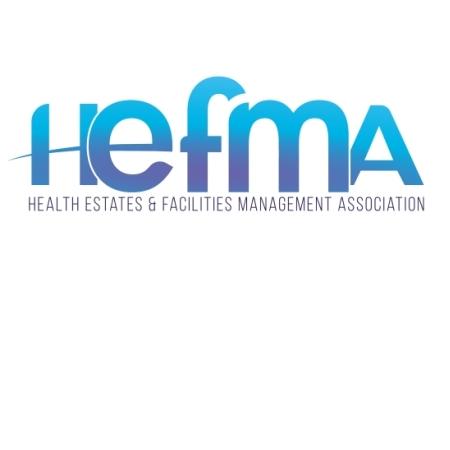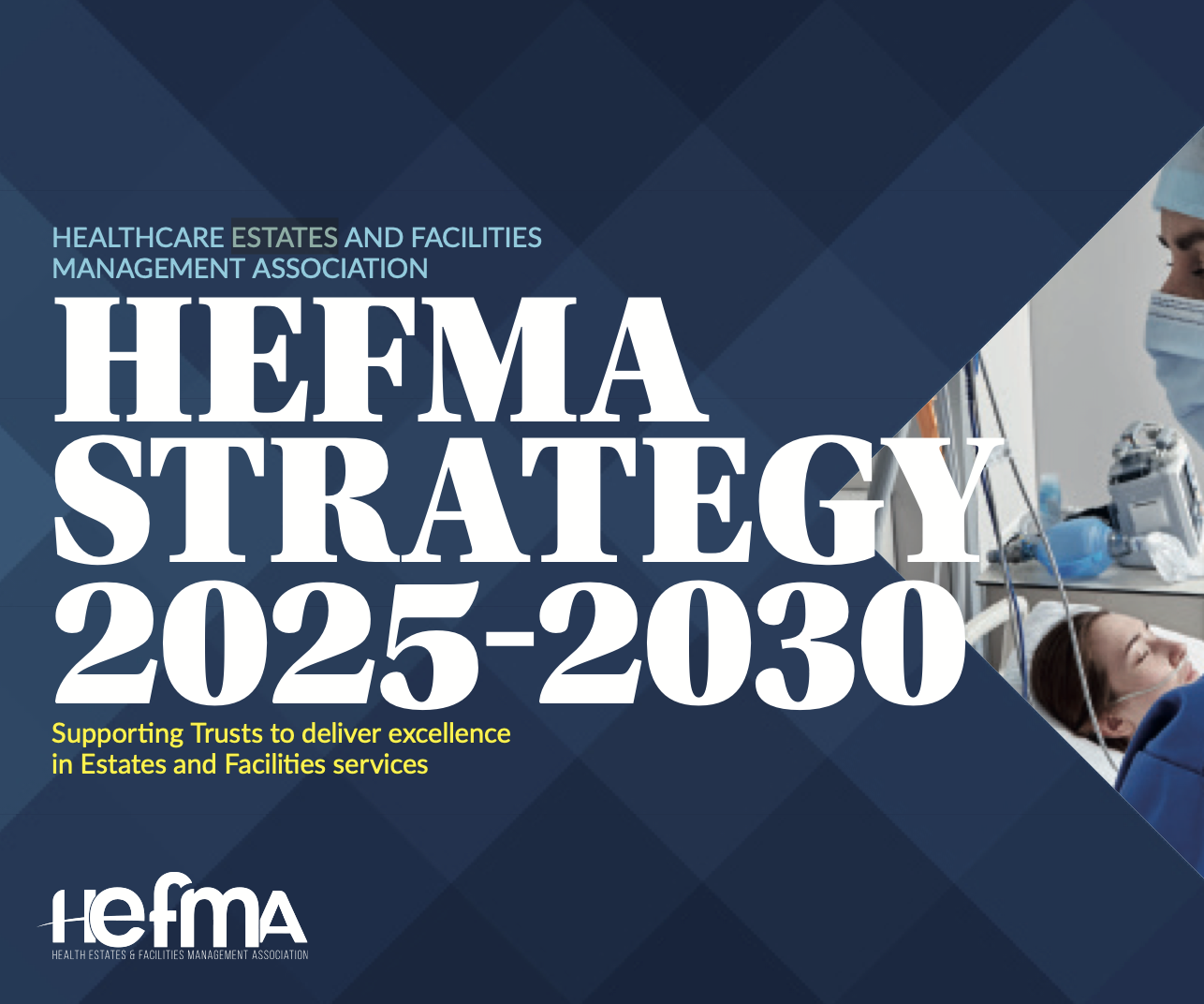The government has produced its new health infrastructure plan, but makes no mention of where the rest of the money needed will come from, writes Jane Renton.
It’s been an eventful couple of months for NHS estates in the acute hospital sector. Yes, the cash has been splashed, which coincides with the looming general election, strangely enough. But there’s still a lack of clarity as to what the long-term strategy really is. The Lord giveth, and the Lord taketh away and so too does government. Perhaps the kindest thing to be said is that the money - hopefully a first down payment in the urgent need to upgrade the NHS’s crumbling estate - is welcome.
“I think the Department of Health and Social Care was rushing to announce its list of capital projects, all of which just happened to involve acute hospitals. This was probably a mistake,” says Matt Custance, Partner, Public Services Advisory at Grant Thornton.
The announcement of £2.7bn of funding to rebuild six NHS hospitals, along with £100m of seed money to develop another 34 new hospitals to be either built or refurbished in second and third waves of investment between 2020 and 2030, swings the pendulum back to the days of what the King’s Fund describes as “a big bold hospital building programme,” at odds with the ambitions laid out in the NHS long-term plan.
“Ministers have once again been unable to resist the allure of the new large hospital to be that palace on the hill,” states Siva Anandaciva, of the King’s Fund, adding that it is a clear indication of things going wrong in the intervening years.
Matt Hancock’s list of the lucky six Trust recipients appear to present a glaring omission. None of the beneficiaries selected by DHSC are mental health Trusts, an area of requirement that was identified as a top priority in the NHS long-term plan published earlier this year.
Who gets the money?
Those Trusts that didn’t make it to the first wave of winners, or onto the 21 Trusts that have between them gained access to the allotted £100m of seed money to qualify for as yet unspecified further capital funding for their projects, are awash with grievance and rancour. Many of the losing Trusts are in a state of disrepair that far exceeds those of the winning beneficiaries. Even more galling was the rejection of the Liverpool Women’s Hospital’s £100m bid to transfer its acute adult hospital after it was forced to spend considerable sums propping up the existing hospital in the wake of Carillion’s collapse last year. To add insult to injury, the Trust received no feedback from either NHS leaders or the DHSC over the rejection, something that compelled the Trust’s Chief Executive Kathryn Thomas to complain bitterly in an interview in Health Services Journal about a process she described as both “soul destroying” and “disrespectful."
There is little in the way of any insight into how the extra cash was allotted. There seems to be no correlation between the announced projects and the Trusts with the largest repairs backlogs. The backlog at Epsom and St Hellier Trust, one of those singled out for a new hospital is £34m, compared to nearby Hillingdon, which takes in Boris Johnson’s constituency, and which didn’t get selected, with £52m of outstanding repairs.
“We weren’t able to see the criteria for choosing,” Helen Buckingham, Director of strategy at the Nuffield Trust told Building magazine.
Welcome, but not enough
But at least there was new money for new and upgraded hospitals. Also the seed capital provided is an overdue recognition by government that Trusts can’t bear the significant costs of developing their business cases out of their own operating surplus.
“That really is a good thing as there are plenty of Trusts who never had money to do this kind of work before,” says Matt Custance.
But Matt warns that the £100m appears to represent 1% of the total capital cost, which implies an anticipated £10bn of total capital expenditure in the second and third waves of funding.
“That £100m is probably not enough money to complete all the design, engineering and business planning needed to get to a final approval for the projects,” he warns.
The £2.7bn funding announcement made at the Conservative Party annual conference, also fails to cast light on just how the government will tackle the critical backlog maintenance bill. It has risen by an alarming 25%, or £500m, in the last year alone bringing the official ERIC data on outstanding repairs and maintenance to £6.5bn.
While one of Boris Johnson’s first acts as Prime Minister was to announce a £1.8bn boost for NHS building repairs - £1bn to boost capital spending in 2019/20 and £854m over five years to upgrade hospitals, there are still no proper answers as to where the £4bn to £5bn that’s estimated to be required to be spent over the next seven to 10 years clearing that backlog will actually come from. The Conservative Party announcement equates to approximately £600m extra a year, well short of the additional £2bn that experts insist is required.
Where is the private sector?
But there is also another glaring omission - the strange disappearance of the private sector. Under the landmark Naylor Review of NHS land by Sir Robert Naylor, the former Chief Executive of University College London Hospitals NHS Foundation Trust, it was envisaged that capital funding for repairs and upgrades of the NHS estates would come from a mixture of sales of surplus land and buildings, government funding and through private financing.
However, as Matt Custance points out, that envisaged role for private finance has basically been eliminated by the fact that PFI funding has been banned from the NHS for the past five years.
What is clear is that the 27-project hospital programme announced by the government is considerably below the 100 or more major health schemes underway in the PFI era, which essentially dominated the nineties.
The apparent exclusion of the private sector might be greeted warmly by wide swathes of the electorate, but is something that might prove increasingly hard to justify, especially given existing CDEL (Capital Departmental Expenditure Limits) restrictions on NHS spending.
“Private finance seems to have been taken out of the equation by the Tories – who would have thought it. That means that the other two legs of the funding pot effectively need to replace that contribution,” observes Matt.
Figures for the NHS show that capital investment has plummeted from close on 7% to around 3% of total healthcare expenditure. This compares with average OECD member healthcare capital spend of between 4% and 5% - a figure that has been more or less stable since the beginning of the century.
Capital receipts, particularly those from the sale of NHS assets are already being used to help Trusts meet capital spending targets. As Nigel Edwards, Chief Executive of the Nuffield Trust asserts, land and property sales are not being used as strategically as they should be, ideally being converted into revenue generating streams.
With so many alternative funding routes now closed to NHS Trusts, everything hangs on successfully navigating the process surrounding capital project bids, counsels Matt. After all there is still everything to play for in the sense that future capital spending limits have yet to be worked out by whoever forms the government in December.
Winning a share of the pot
“Trusts really need to build a compelling business case for their projects. They need to deliver a proper narrative and vision around why they need to do this,” he says.
Too many projects can too easily be dismissed through a lack of due diligence. Considerations covering clinical, operational, financial, real estate, design, costings and commercial aspects need to be carefully worked out in advance.
Other considerations might involve flexibility of design so that space might be
reconfigured if demand or services change in future. Can space be shared if services don’t operate 24/7 and are planned services operationally efficient?Have you planned appropriately for future commercial risks and have you provided enough financial headroom for them? Trusts should also consider ways of bringing in new money, such as through leasing out space to universities, life science companies or suppliers.
Above all, Trusts need to engage with centre early on in their project planning. A lot of them are reluctant to do so for fear of having their plans openly criticised or rejected, asserts Matt.
“You really shouldn’t feel like you need a fully formed knock-out case before you can unveil it to the regulators for a helpful chat,” he says, adding that it is better to build a constructive relationship with regulators and the DHSC early on as capital can materialise unexpectedly.
With so many big unknowns surrounding national policy over NHS capital investment, it is time to create the future. After all, fortune favours the brave.










